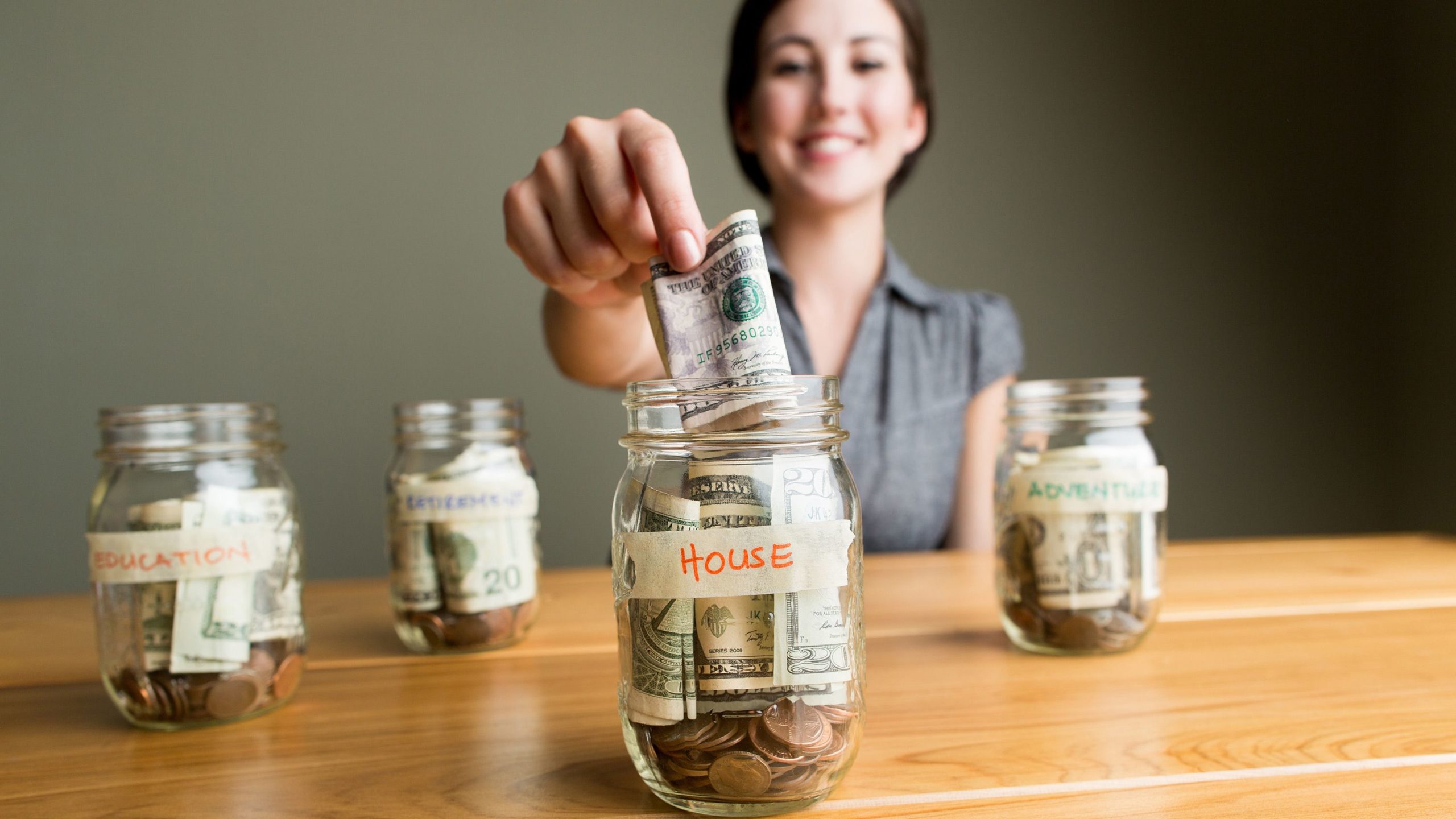We’ve learned about money the hard way as millennials. Through the Great Tough economy to stratospheric education loan debts to your pandemic, there’s been an abundance of life providing us lemons.
As the long-term financial effects of the pandemic are but to be totally understood, you could have seen 1 optimistic tendency for the short term: For once, your debt might have fallen.
Credit card balances fell by $76 billion April through June, the steepest decline on record, according to an analysis by the Federal Reserve Bank of New York. Analysis by NerdWallet reinforced that up, finding that charge card amounts carried from a 30 days to another decreased 9.15Per cent, or more than $600 every household using this type of financial debt. Total household financial debt shrank by practically $one thousand among homeowners hauling any type of debts inside the same time.
Paused student loan payments and sticking close to home have helped you cut down debt, here’s how to keep that momentum going, if stimulus checks.
Everything comes down to the budget
The notion of creating a price range may have looked also time-consuming or stress filled in pre-pandemic instances. However if you’ve considered that initial step of considering your shelling out and protecting styles lately – as many of us have out from utter requirement – you are presently on your way toward building a spending budget.
“Take what you’ve carried out during the last few months and place it within a spreadsheet,” says Luke Lloyd, a prosperity investment and advisor strategist at Tactical Wealth Companions in Cleveland.
You’ve probably focused on essential needs this year and sacrificed wants. Alternatively, come up with creative solutions to have fun instead. Lloyd states the pandemic made it clear that “we don’t always need to go out and spend this all dollars to charm yourself.”
The 50/30/20 spending budget is a simple guiding principle to follow. It buckets your consider-property spend intoneeds and wants, and financial savings additionally personal debt settlement. Use the money-saving techniques you’ve practiced to make this budget work – maybe you’re saving on restaurant meals because you’re cooking at home, or perhaps you’ve been ordering a lot of takeout but saving on gas, movie tickets or a gym membership. Acquire that extra income and apply it toward the wants or savings and debt buckets as an alternative.
Create a price savings practice
“Moments similar to this replace people’s concentrate on economic balance,” affirms Leigh Phillips, president and CEO of SaverLife, a national not-for-profit organization based in San Francisco that assists people develop a price savings routine by way of activity-playing operations and rewards. Phillips affirms the corporation has viewed more and more people join its savings plan in past times six months time in comparison to each one of a year ago.
Keep the money-saving habit going if you weren’t a saver before but started socking funds away during the pandemic.
“Set up a computerized repayment from your bank account into a savings account or investment accounts,” Lloyd says.
Because that can keep you from adding debt during a crisis, prioritize putting any extra money you have toward an emergency fund. Set a preliminary target of $500 to $1,000 in unexpected emergency cost savings, which can protect your financial budget from irregular costs that show up, similar to a vehicle repair. Next, if you have access to one, look into meeting your employer’s retirement savings account match. Eventually, spend lower higher-attention debt like a credit card, private lending options or pay day loans.
If you have money left over, consider applying it toward student loan payments, says Lloyd. Government student loan individuals have been in a computerized curiosity-free settlement pause until finally Jan 2021. However you can continue to make obligations now to produce stuff simpler on your self later.
